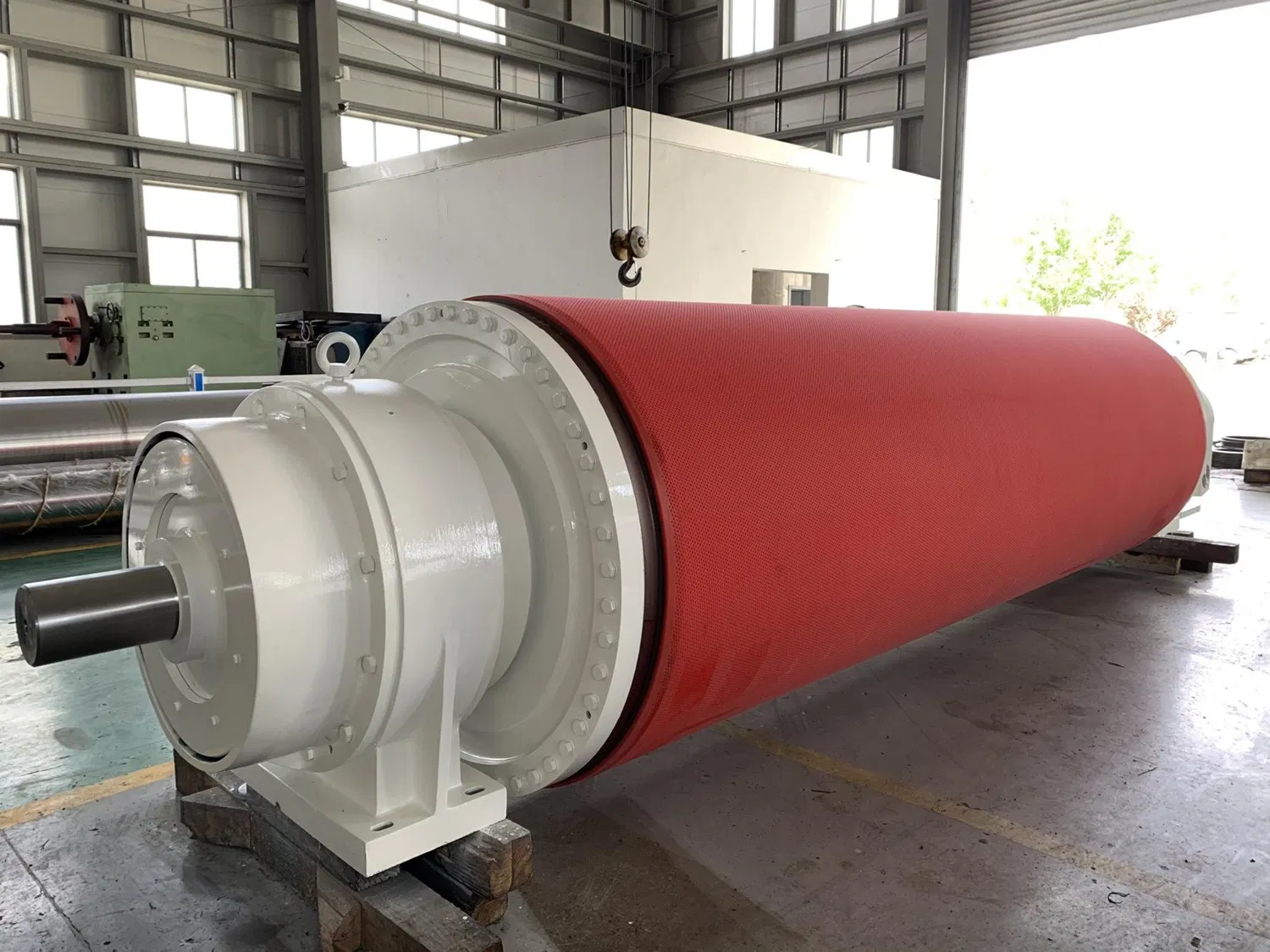Introduction
Paper machine rollers are essential components in the paper production process. Their precision and durability significantly impact the final product's quality and efficiency. This article will discuss how to optimize the precision and durability of paper machine rollers to ensure the best possible performance.
Importance of Precision and Durability
Precision and durability are critical factors in the performance of paper machine rollers. Precision ensures that the rollers maintain the correct tolerances and dimensions, which is crucial for producing high-quality paper. Without precision, the paper may have defects such as wrinkles, creases, or variations in thickness. Durability, on the other hand, ensures that the rollers can withstand the harsh conditions of the paper production process and have a long service life. This reduces downtime and maintenance costs, ultimately leading to increased efficiency and profitability.
Optimizing Precision
Optimizing precision involves several steps, including proper roller design, accurate manufacturing processes, and regular maintenance. Proper roller design involves selecting the correct materials, dimensions, and tolerances for the specific application. For example, the rollers used in the drying section of a paper machine may require different materials and designs than those used in the calendering section. Accurate manufacturing processes involve using advanced machining techniques, such as computer numerical control (CNC) machining, to ensure that the rollers meet the design specifications. This can help to minimize variations in size, shape, and surface finish, leading to improved precision.
Regular maintenance is also critical for optimizing precision. This involves inspecting the rollers for wear, tear, and other damage and making necessary repairs or replacements. Worn or damaged rollers may have variations in size, shape, or surface finish, leading to decreased precision. Regular maintenance can help to identify these issues early and prevent them from causing defects in the final product.
Optimizing Durability
Optimizing durability involves selecting materials that can withstand the harsh conditions of the paper production process, such as high temperatures, moisture, and abrasive materials. For example, rollers used in the calendering section may be subjected to high temperatures and pressures, requiring materials with high strength and thermal stability. Advanced surface treatments, such as hard chrome plating or thermal spray coatings, can also enhance the rollers' wear resistance and corrosion protection.
Regular maintenance is also critical for optimizing durability. This involves inspecting the rollers for signs of wear, such as cracks, pits, or grooves, and making necessary repairs or replacements. Regular maintenance can help to extend the rollers' service life and reduce downtime and maintenance costs.
Conclusion
Optimizing the precision and durability of paper machine rollers is crucial for ensuring the best possible performance in paper production. By following the steps outlined in this article, manufacturers can ensure that their rollers meet the required tolerances and dimensions, withstand the harsh conditions of the paper production process, and have a long service life. This will ultimately lead to improved product quality, increased efficiency, and reduced costs.



